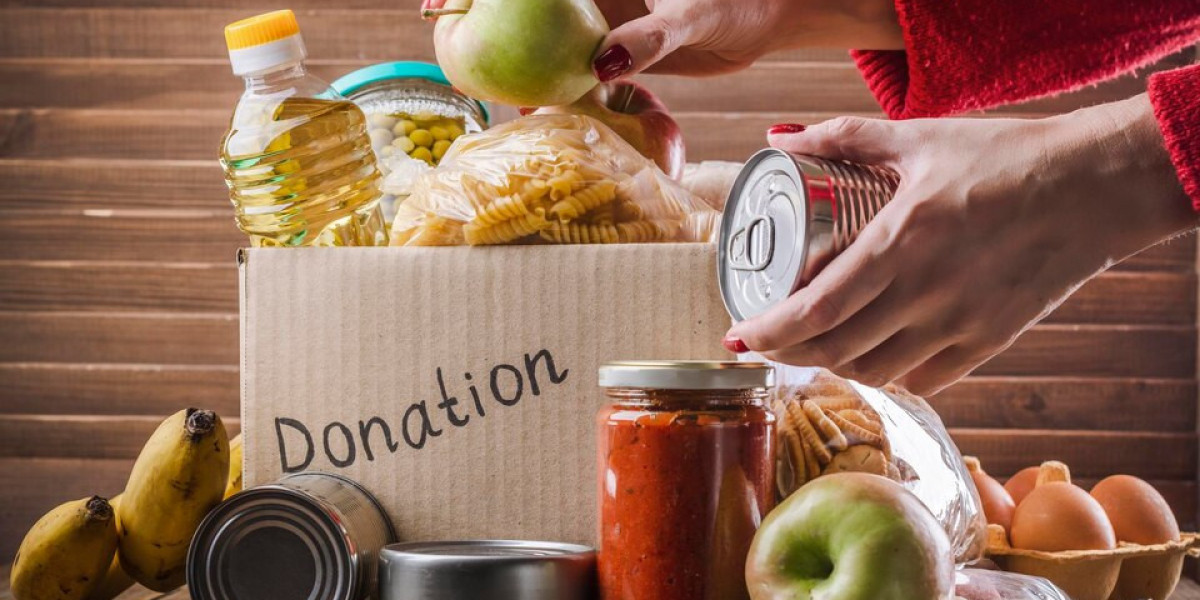I. Market Overview
A. Growth and Trends
Continued Surge in Online Food Delivery:
The global online food delivery market is predicted to continue growing rapidly in 2024, owing to changing consumer lifestyles, rising smartphone penetration, and the convenience provided by food delivery apps.
Diverse Cuisine Preferences:
Customers are getting more experimental in their gastronomic preferences, seeking out various and unique cuisines. Food applications that provide a diverse range of alternatives and cater to specific dietary needs, coupled with efficient food delivery app development solutions, will stand out in the market.
Integration of Technology:
In the food sector, augmented reality (AR) and virtual reality (VR) are gaining traction. Apps that use these technologies to improve the user experience, such as virtual menu exploration or AR-powered cooking instruction, are predicted to do well.
B. Key Players and Competitors
Dominance of Established Players:
While market heavyweights such as UberEats, DoorDash, and Grubhub remain dominant, there is plenty of space for niche competitors to succeed by focusing on specific cuisines, local markets, or unique features.
Emerging Technologies:
Keep a watch out for upcoming technologies such as blockchain for transparent supply chain management, AI for tailored suggestions, and machine learning for optimizing delivery routes and timings.
II. User Experience (UX) and Interface Design
A. Seamless Onboarding Process
Effortless Registration:
Simplify the registration process by allowing users to sign up fast using their social network accounts or email addresses. For added security, consider using biometric authentication.
User-Friendly Navigation:
Create a user-friendly interface with simple navigation so that consumers can easily navigate through restaurants, cuisines, and menu items. Use sophisticated search criteria to provide a more personalized experience.
B. Personalization and Recommendations
AI-Driven Suggestions:
Use AI algorithms to assess user preferences, order history, and browsing behavior to deliver personalized recommendations. This improves user engagement and increases order frequency.
Customizable Profiles:
Users can build profiles with their interests, dietary restrictions, and favorite restaurants. This data can be utilized to customize recommendations and promotions, creating a sense of personalized.
III. Features and Functionality
A. Advanced Ordering Options
Scheduled Orders:
Include a function that allows customers to arrange orders ahead of time, appealing to individuals who plan meals and gatherings in advance.
Group Ordering:
Allow users to split bills and share delivery charges with a seamless and collaborative interface that facilitates group orders.
B. Real-Time Tracking and Notifications
Live Order Tracking:
Provide real-time updates on order status, such as preparation, dispatch, and delivery. Incorporate GPS tracking to provide precise position monitoring.
Push Notifications:
Implement push notifications for order confirmation, anticipated arrival timings, and exclusive promotions. Notifications that are timely and relevant improve user engagement.
IV. Marketing and Monetization Strategies
A. Loyalty Programs and Discounts
Tiered Loyalty Programs:
Create tiered loyalty programs that provide unique discounts, early access to promotions, and other rewards to repeat consumers.
Dynamic Pricing:
Dynamic pricing based on demand, time of day, and order history should be implemented. Use data analytics to improve pricing tactics and increase income.
B. Partnerships and Collaborations
Restaurant Collaborations:
Form strategic alliances with prominent restaurants, chefs, or local eateries to offer special menu items or discounts, thereby providing a distinct selling proposition.
Cross-Promotions:
Collaborate with other firms, such as beverage companies or grocery stores, to create cross-promotional opportunities that benefit both sides and improve the overall customer experience.
V. Regulatory Compliance and Sustainability
A. Compliance with Local Regulations
Data Protection and Privacy:
Prioritize user data security and privacy while adhering to local and international legislation. To foster trust, clearly communicate data usage restrictions.
Health and Safety Standards:
Maintain awareness of and adherence to health and safety rules, especially in the post-pandemic era. Implement features such as contactless delivery and cleanliness ratings.
B. Sustainable Practices
Environmentally Friendly Packaging:
Reduce your environmental impact by embracing sustainable packaging solutions. Create a positive brand image by communicating these activities to environmentally sensitive consumers.
Local Sourcing and Support:
Highlight local sourcing activities and provide assistance to local farmers and companies. This appeals to customers that value sustainability and community involvement.
VI. Emerging Technologies and Future Considerations
A. Artificial Intelligence and Machine Learning
Predictive Analytics:
Use predictive analytics to forecast consumer preferences and trends. Machine learning algorithms can improve the precision of personalized suggestions and marketing strategies by examining previous data.
Chatbots and Virtual Assistants:
Integrate chatbots or virtual assistants to give real-time customer service, answer questions, and help with order personalization. This not only improves the user experience but also speeds up the ordering process.
B. Augmented Reality (AR) and Virtual Reality (VR)
Virtual Menu Exploration:
Implement augmented reality capabilities that allow users to see menu items in a virtual space. This immersive experience can assist users in making better informed decisions while also adding an interactive aspect to the ordering process.
VR Dining Experiences:
Investigate the idea of virtual dining experiences, in which customers can enjoy a simulated atmosphere while eating their favorite cuisine. This creative technique might distinguish your software and attract tech-savvy consumers.
VII. Global Expansion and Localization
A. Multi-Language Support
Localized Menus and Content:
Make sure your software supports many languages and has customized menus and content. This is critical for catering to diverse consumer bases in different countries and improving your platform's accessibility.
Cultural Sensitivity:
When entering new markets, be aware of and respect cultural differences. Adapting your app to local customs, holidays, and dietary habits will help it gain acceptance and success.
B. International Payment Options
Secure Payment Gateways:
Integrate secure payment gateways that accept a range of payment methods to make transactions easier. Consider collaborating with local payment providers to satisfy regional preferences and improve overall customer experience.
VIII. Security and Trustworthiness
A. Enhanced Security Measures
Secure Payment Processing:
To protect user financial information, prioritize the deployment of secure and encrypted payment processing technologies. Update security processes on a regular basis to remain ahead of any attacks.
User Verification:
Implement stringent user verification measures to ensure the legitimacy of both customers and restaurant partners. This promotes trust and helps to prevent fraudulent activity.
B. Transparent Data Policies
Data Transparency:
Explain clearly how user data is gathered, stored, and used. Transparent data policies and user permission foster confidence and compliance with data protection regulations.
IX. Post-Pandemic Considerations
A. Contactless and Hygiene Features
Contactless Delivery Options:
Maintain and improve contactless delivery options while addressing ongoing hygiene and safety concerns. Contactless payments, leave-at-door choices, and real-time delivery alerts are examples of this.
Hygiene Ratings:
Integrate a system that allows users to rate and review restaurant sanitary practices. This not only motivates restaurants to maintain high standards, but it also helps users make informed judgments.
B. Flexibility and Adaptability
Adapting to Changing Consumer Behavior:
Maintain an awareness of changing consumer behaviors and preferences. Long-term success requires the capacity to adjust your app's features and marketing techniques in response to changing trends.
Flexible Business Models:
Investigate flexible business models that cater to the diverse demands of restaurants, such as commission systems, subscription plans, or partnerships that correspond with the specific needs of individual venues.
Conclusion
The food industry's dynamic landscape in 2024 poses both obstacles and exceptional opportunities for food app developers, particularly in on-demand delivery app development. Your food app may not only survive but thrive in this competitive industry by adopting innovative technology, optimizing user experience, and staying on top of global and local trends. Remember that success in the food app sector is about building an immersive and delightful culinary experience that resonates with customers on a personal level, not just providing a handy platform for ordering food. Your food app may carve out a substantial position in the dynamic culinary environment of 2024 and beyond with a deliberate blend of innovation, user-centric design, and adaptability.







